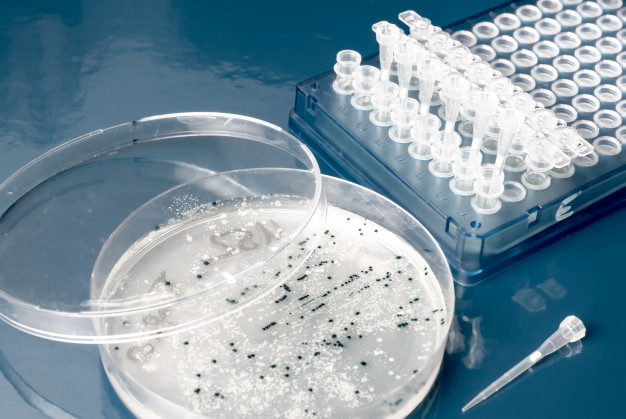Disinfection lighting
Disinfection lighting 405 NM Germitec is based on light with a wavelength of 405 nm, is harmless to the human organism and, conversely, has very strong annitbacterial and antifungal effects.
Disinfection lighting of public places
In public places such as swimming pools, hospitals, surgeries, waiting rooms, food and kitchen factories, public toilets and public areas, it is very easy to get infected with all sorts of infections. Thanks to high efficiency, lighting is used wherever sterility is required and the quality of service as well as the safety of patients and staff depends on microbiological purity.

How Germitec 400 NM works
Germitec 405 nm has a very simple function: the elimination of harmful microorganisms, which are responsible for a number of unwanted infections. How does this light work?
- The 405 nm wavelength simply bounces off walls and different surfaces and penetrates harmful microorganisms.
- Inside the bacteria there are so-called Porphyrins, which are naturally occurring molecules. These absorb light and produce reactive oxygen (ROS) species inside the cell. A reaction similar to the effects of bleach then occurs inside the cell.
- Reactive oxygen species inactivate bacteria and prevent the space from being refilled.
Germitec 405 nm – characteristic
To prevent this from infecting visitors to the above premises, a technology in the form of disinfection lighting has been designed, which continuously and with maximum safety disinfects the room using light emitting diodes (LEDs), which emit light with a high intensity and narrow spectrum (HINS).
For this purpose, LEDs are used to create a narrow bandwidth of high-frequency visible violet light with a peak output of 405 nm that reacts with porphyrin molecules to form reactive oxygen species that destroy harmful microorganisms.
Ultraviolet UV radiation belongs to wave electromagnetic radiation, as well as X-rays, radio waves and light.
What kinds of bacteria kill?
Germitec 405 nm is effective against:
ENTEROCOCCUS FACESSI, STAPHYLOCOCOUS AUREUS, KLEBSIELLA PNEUMONIAE, ACINETOBACTER, AERUGINOSA, EDRUH NTEROBACTER, C.DIFF, VRE, E-COLI, SALMONELLA ENTERITIDIS.

